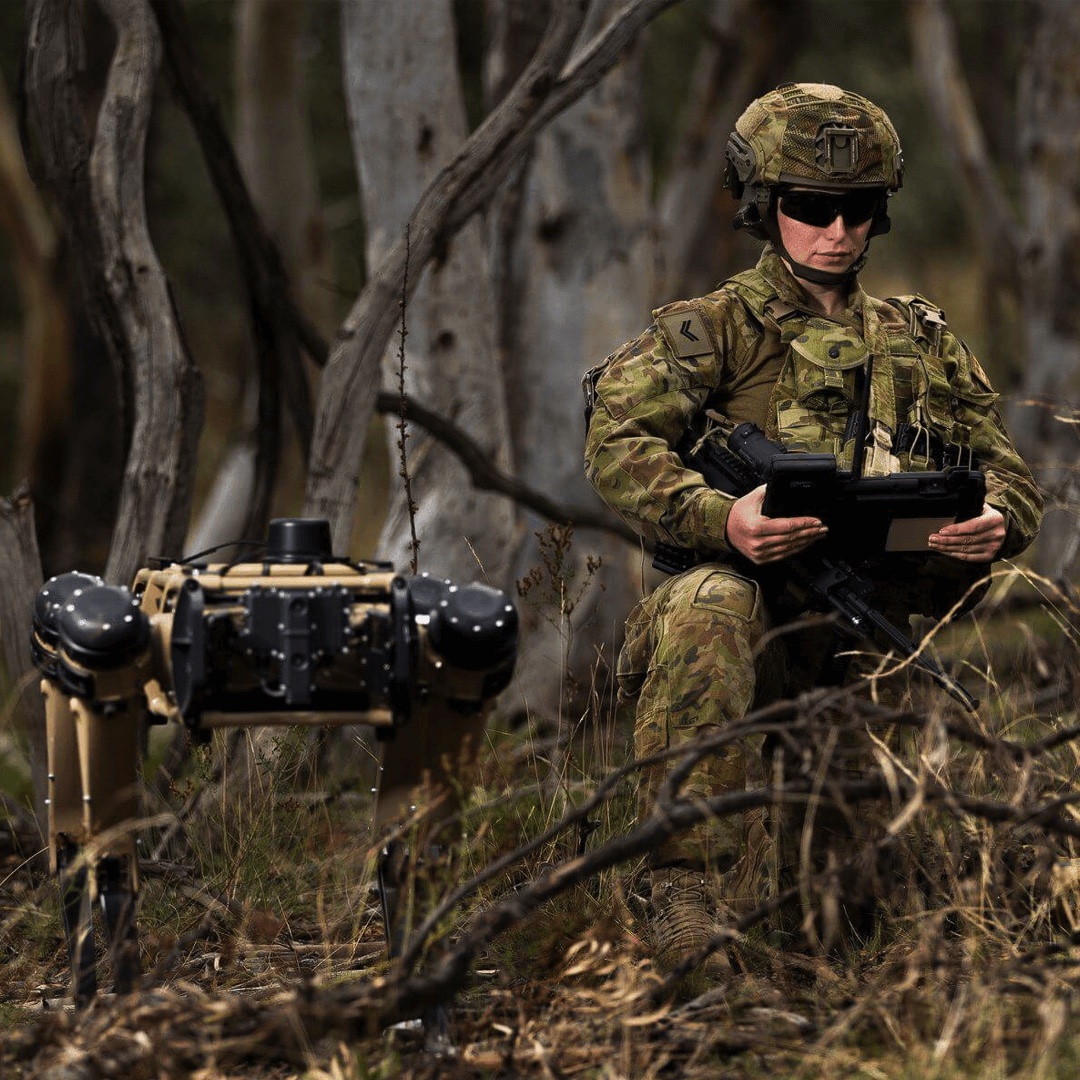In the ever-evolving landscape of border security, technology continues to play an indispensable role. Recently, the United States Department of Homeland Security (DHS) has turned its attention to the realm of robotics, specifically focusing on quadrupedal robot dogs to enhance patrol capabilities along the southern border. This innovative initiative not only highlights a shift in surveillance methodologies but also raises intriguing questions about the future of law enforcement and public safety.
The Need for Advanced Surveillance Solutions
The southern border presents unique challenges, including inhospitable terrain and the complexity of criminal activities ranging from human trafficking to the smuggling of contraband. DHS representative Brenda Long emphasized the necessity for systems that can operate where human agents may struggle. As they look toward the use of Automated Ground Surveillance Vehicles (AGSVs), it becomes evident that the integration of robotic technology could redefine conventional approaches to border security.
Understanding AGSVs and Their Capabilities
- Autonomous Navigation: AGSVs are designed to navigate rugged landscapes autonomously, utilizing advanced software and sensors to gather data and send live video feeds to operators.
- Remote Control Efficiency: In scenarios where real-time human intervention is necessary, operators can control these robots remotely, offering flexibility and responsiveness in the face of potential threats.
- Enhanced Sensing: Equipped with technologies such as night vision, AGSVs can function optimally in reduced visibility, extending their usability across various conditions.
Collaboration with Ghost Robotics
DHS’s partnership with Ghost Robotics, a pioneer in the field of quadrupedal robotics, has sparked interest, particularly given the company’s commitment to operating ethically in the defense space. Ghost Robotics has emphasized a neutral approach to robotic payloads, refraining from promoting weaponization. Their focus lies solely on providing reliable robotic systems suitable for various applications, including border patrol.
The Broader Implications of Robotic Surveillance
The deployment of robot dogs raises significant discussions around the implications of integrating such technology into law enforcement. On one hand, there are clear advantages, such as increased safety for patrol agents and the ability to monitor areas that are challenging for humans. However, there are essential considerations regarding privacy, the potential for misuse, and the importance of maintaining a balance between security and civil liberties.
Conclusion: The Future of Border Security
As we explore this blend of robotics and law enforcement, it is vital to remain mindful of the potential consequences and ethical considerations surrounding their deployment. The shift towards using robotic dogs for border security could revolutionize how surveillance is conducted, marking a new era in the intersection of technology and public safety.
At fxis.ai, we believe that such advancements are crucial for the future of AI, as they enable more comprehensive and effective solutions. Our team is continually exploring new methodologies to push the envelope in artificial intelligence, ensuring that our clients benefit from the latest technological innovations. For more insights, updates, or to collaborate on AI development projects, stay connected with fxis.ai.

